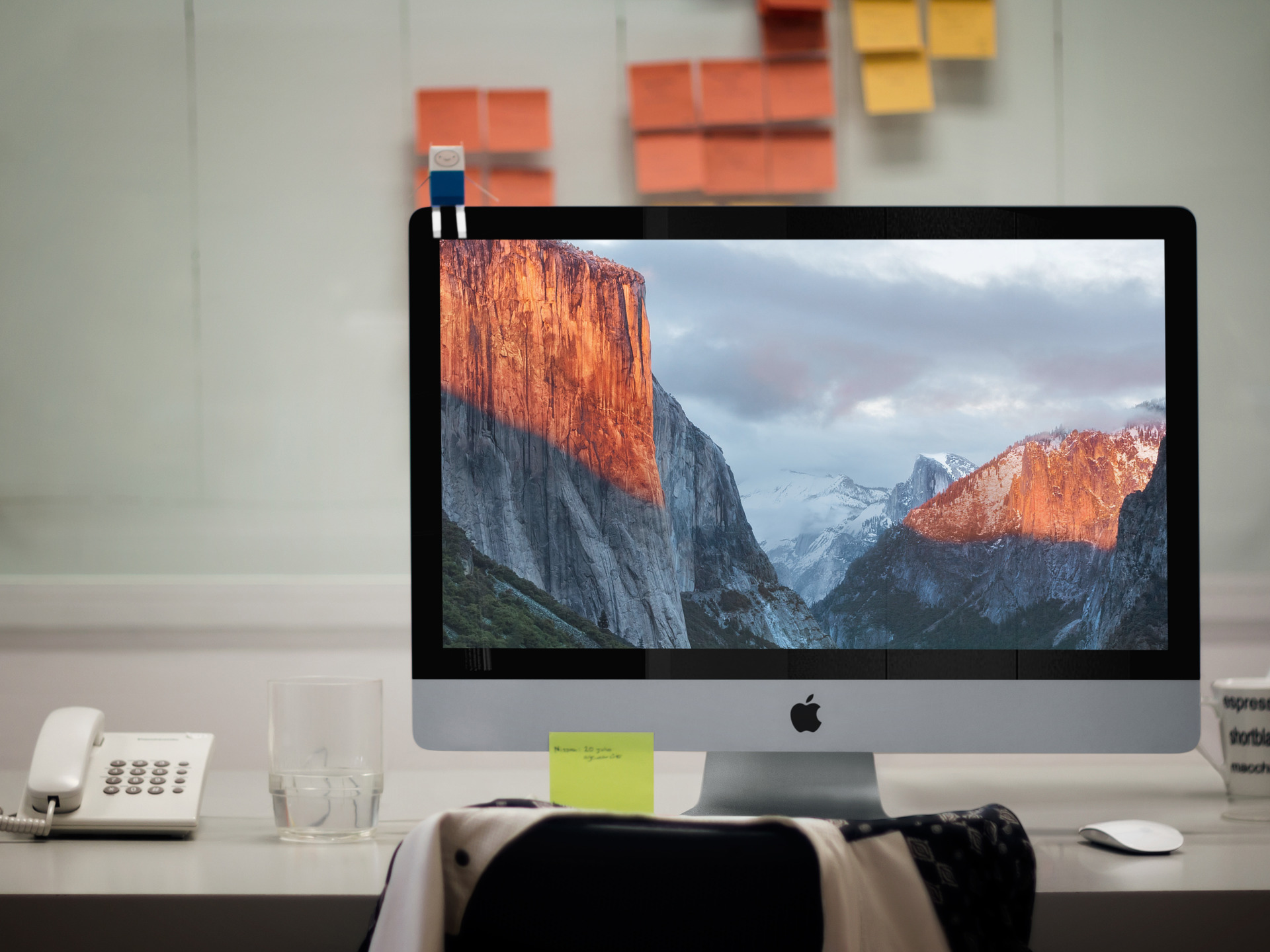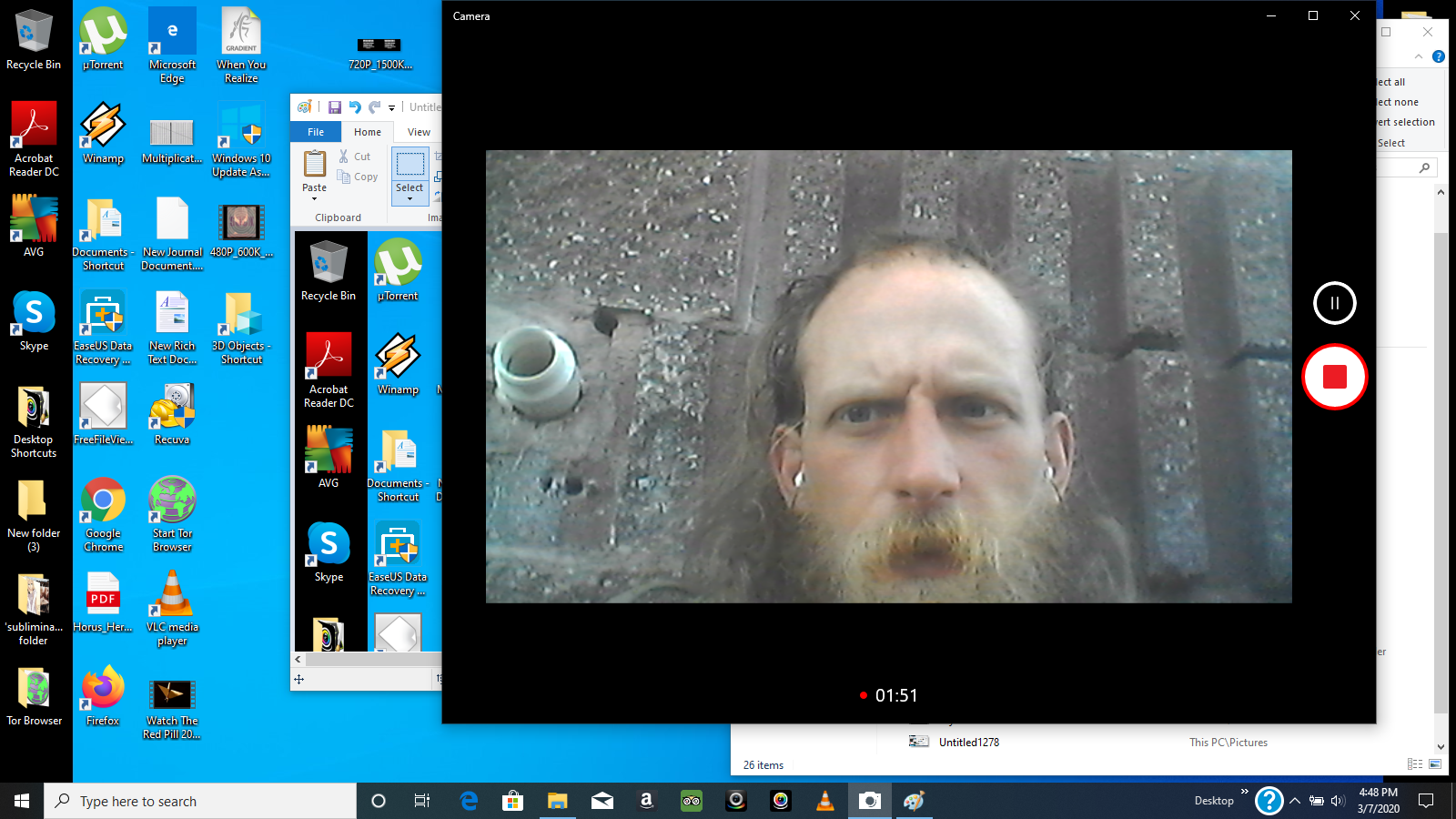El Capitan Could Not Be Installed On Your Computer

- However, in El Capitan, it appears the “damage your computer” warning is applied across the board (presumably unless you have the software approved through some Apple-managed procedure). You could probably also turn off the security entirely in Preferences, but I’d rather keep it on if I can.
- We have two methods to fix this problems. The first method we are going to try is to scan your Mac hard drive using the Disk Utility, and if it doesn’t work we are going to re-install Mac OS X El Capitan through the Recovery Mode. Let’s get it started! First Method – Disk Utility. Power off your Macbook or iMac completely.
Having a trouble with the Mac OS X El Capitan installation? Got this error message screen “OS X could not be installed on your computer – file system verify or repair failed” while installing El Capitan? Don’t worry. Today we are going to share how to fix this error message. We have two methods to fix this problems. The first method we are going to try is to scan your Mac hard drive using the Disk Utility, and if it doesn’t work we are going to re-install Mac OS X El Capitan through the Recovery Mode. Let’s get it started!
OS X El Capitan is the twelfth major release of OS X for Mac computers. It was released on September 30, 2015. Some users have reported an issue where Mac refuses to finish booting after updating to OS X EL Capitan. If your Mac will not start up, stalls on a gray screen with an Apple logo, here is how you troubleshoot.
First Method – Disk Utility
Step 01. Power off your Macbook or iMac completely.
Step 02. Turn on your Mac pressing and holding the Command + R Keys at the same time.
Step 03. Release the keys when you the Apple Logo appears.
Step 04. Please select Disk Utility and click on Continue.
Step 05. Select your hard drive and click on First Aid.
Step 06. It will ask you to perform checking the hard drive (Would you like to run First Aid on “Your Hard Drive”). Please select Run.
Step 07. Wait until the processing is done and when the processing is finished, restart your Mac. (If this method didn’t work for you, we recommend you to re-install Mac OS X using the second method below.)
Second Method – Re-install Mac OS X

Step 01. Power off your Macbook or iMac completely.
Step 02. Turn on your Mac pressing and holding the Command + R Keys at the same time to boot into the Recovery Mode.
Step 03. Please select Reinstall OS X and click on Continues.
Step 04. Now it will download and install the Mac OS X on your Mac computer. It will take some time to finish the installation process. Hope you successfully install El Capitan on your Macbook or iMac.
Install Os X 10.11
A new version of macOS is always exciting. But it can quickly become frustrating if, instead of being presented with a brand new Mac, ready to use, you see an error message like “macOS could not be installed on your computer.” Fortunately, you can do lots of things to fix the problem, so let’s get started.
Before you try to install a new version of macOS
It’s essential that before you perform any major upgrade, say from Catalina to Big Sur, that you backup your Mac. One of the steps described below involves a complete reinstall of the operating system, resulting in erasing data from your drive. It’s best to do the backup using Time Machine, as you can then use Recovery Mode to restore your Mac from the backup. But if you don’t want to use Time Machine, create a bootable clone of your startup disk using a tool like SuperDuper or Carbon Copy Cloner.
Why does “macOS could not be installed on your computer” appear?
There are several reasons you might see this error message. Here are some of the most common.
- Your Mac doesn’t support the version of macOS you’re trying to install
- There was a problem downloading the installer
- You don’t have enough space to install a new version of macOS
- There’s a problem with the disk on your Mac
- A piece of software like a launch agent or launch daemon is interfering with the upgrade
Before you try to fix the error
Check if your Mac is compatible with the version of macOS you’re trying to install. The best way to do that is to launch the App Store app, search for the macOS version you’re trying to install, and scroll down the Compatibility section. You should see a message that says, “works on this Mac.” Alternatively, go to Apple’s website support pages and search for the minimum system requirements. You might need to reboot in Safe mode, see below, to check because if you do a normal restart, your Mac may immediately relaunch the installer.
How to fix “macOS could not be installed on your computer”
1.Restart your Mac in Safe mode
Safe mode disables startup items, launch agents, and everything else except the bare minimum macOS needs to function. Restart your Mac from the Apple menu or by holding down the power button, and press Shift until you see the Apple logo.
2. Try running the installer again while in Safe mode
If the problem were that launch agents or daemons were interfering with the upgrade, Safe mode would fix that. If it works, you should restart your Mac normally after the installation and remove any launch agents and daemons you don’t need.
The simplest way to remove launch agents is to use CleanMyMac X.
Here’s how:
- Download, install and launch CleanMyMac X.
- Choose Optimization from the sidebar on the left.
- Select View all items.
- Check the box next to Launch Agents
- Press Run.
3. Free up space
You’ll need up to 20GB of free space on your main drive to download and install an update to macOS. If you don’t have that much free space, it’s time to clear out the junk and free up space. I’ve found that the quickest and easiest way to do that is to use a popular app CleanMyMac X by MacPaw. It can free up tons of gigabytes of space with a couple of clicks.

Install CleanMyMac X, then launch it — download free edition here.
- Choose Smart Scan from the sidebar.
- Press Scan.
- When it’s finished, press Run to delete files immediately or Review Details to see what it has found.
4. Reset the NVRAM
The NVRAM on your Mac stores data even after your Mac shuts down or restarts, unlike regular RAM, which is flushed every time you restart. NVRAM persists, thanks to a small amount of power supplied by your Mac’s internal battery. Resetting NVRAM rarely has any effect, but it can do in some situations, and as it won’t do any harm, it’s worth trying. It’s quite tricky to do, so that you might need some help.
Restart your Mac while holding the Command + Option (Alt) + P + R keys and wait until you hear a startup chime. It may take a little longer than normal to restart twice, but the NVRAM will have reset once it's done.
5. Try the combo updater

If you can restart in Safe mode and quit the installer, try downloading the combo updater from Apple’s website. The combo updater contains all the files necessary to install macOS on all Macs, whereas the version downloaded from the App Store only has the files for your specific Mac. It may be that the combo updater works, where the Mac App Store version doesn’t.
6. Install in Recovery Mode
This is the last resort if nothing else works.
Reinstall Os X El Capitan
- Restart your Mac while holding Command + R until you see the Apple logo.
- When you see the macOS Utilities window, you have two choices. You can either restore your Mac from a Time Machine backup if you have one, which will take you back to where you were before you started. Or you can Reinstall macOS.
- Choose the option you want.
- If you chose Reinstall macOS, wait for your Mac to restart, then go to System Preferences > Software Update and update your Mac to the latest available version.
El Capitan Reinstall
There are a number of things you can do to fix your Mac when you see the message: “macOS could not be installed on your computer.” If the problem is that you don’t have enough space, you can use CleanMyMac X to get rid of files you don’t need. Otherwise, go through the above steps one at a time until you’re able to install a new version or update to macOS.